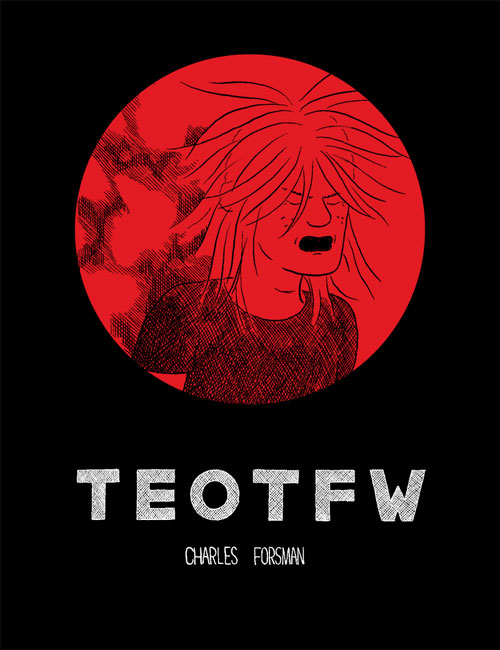
This week’s reading takes a look at reshaped genres. Science fiction takes a turn for the scientific, then veers into visions and world-spanning adventure; a familiar story of teenage outlaws hitting the road is given a haunting, detached treatment. There are a number of ways to turn familiar-sounding narratives into something altogether new; each of these books, in their own way, accomplishes exactly that.
Nicola Griffith’s Ammonite is anthropological science fiction of the first order. Its opening scenes, in which a scientist wanders an isolated station, about to embark on a planet wherein human biology has been somehow changed, and an otherworldly presence lurks, recalls Lem’s Solaris. But there’s more going on here than simply a deconstruction of scientific foibles; the isolated colonists, and the society that they’ve created over the course of centuries, allows Griffith to take the novel in a more adventure-laden direction. There are riffs on sinister corporations, espionage, and a disenchanted military; that all of these elements fit together into one novel is no small feat.
Narrative takes on a more subtle role in Kathryn Davis’s The Thin Place. At first, it seems to be a collection of isolated events in a small New England town, some routine (literally, in the case of some police reports), others miraculous. Specifically: there’s a resurrection. Davis’s oblique plotting takes a little while to settle into. It’s the kind of work that has to teach you how to interact with it — but those risks pay off, both in the dreamlike state Davis’s prose induces and in a sense of mounting cosmological terror as her plotlines converge.
The plotline of Nelly Reifler’s Elect H. Mouse State Judge is almost archetypal, as crime novels go: the daughters of a local candidate for judge are kidnapped by cultists espousing a bizarre philosophy. Detectives are hired, and chaos ensues. Reifler’s spin on this is that her story is acted out by talking animals and action figures, which leads to juxtapositions of childhood games and a morally corrupt world. Probably the best — and creepiest — parts involve the cultists, Sunshine Family dolls espousing a philosophy that sounds not unlike, well, giving up one’s own free will to allow some higher being to manipulate one’s body. It’s relatively straightforward rural noir — the seemingly upright patriarch with a secret, the jaded detectives, and so on. At the same time, the pace is brisk — for all that the conceit at the center of the novel overshadows much of its action, it also doesn’t wear out its welcome. And certain scenes — including rough sex with detachable limbs — made my head spin. (Not literally.)
***
Might as well talk comics, too. I read ’em, after all — and it’s nice to be able to cover both a surreal, borderline-experimental novel and a comic about a bunch of hapless supervillains on the run in the same space. So! Supervillains. Yes.
I picked up the two collections that Bergen Street Comics has released of Copra. Basically, it reads as though Ronin-era Frank Miller had done a stint on Suicide Squad — albeit with a better ear for dialogue. And though some of the elements are familiar — the down-on-their-luck capes-and-tights types; the notion of a black ops group on the run, looking to clear their name — Copra‘s innovative pacing and offbeat characters make that entirely fresh.
And Charles Forsman’s The End of the Fucking World (or TEOTFW) — hot damn. Simple art, somewhere between Charles Schulz and ligne claire. It’s got a pair of young outlaw lovers on the run — so you can probably guess that this isn’t going to work out well, even before something even more ominous makes an appearance. And I’m now checking out Matt Seneca’s interview with him. Which is quite good, and has me looking forward to Forsman’s next work.
Follow Vol. 1 Brooklyn on Twitter, Facebook, Google +, our Tumblr, and sign up for our mailing list.
